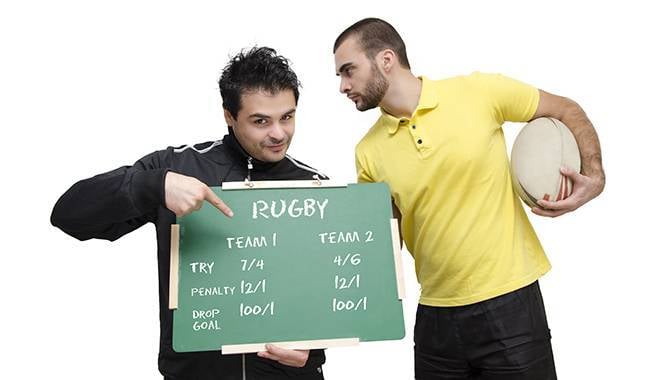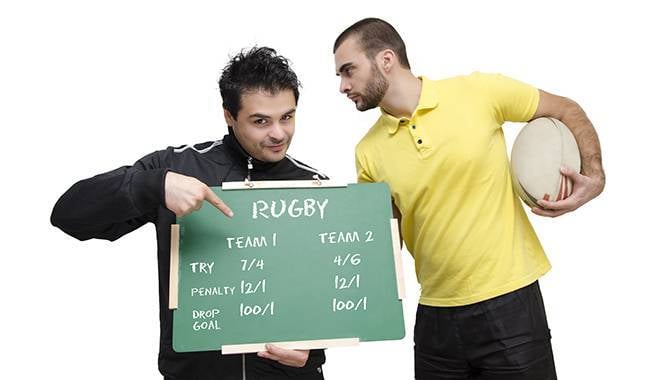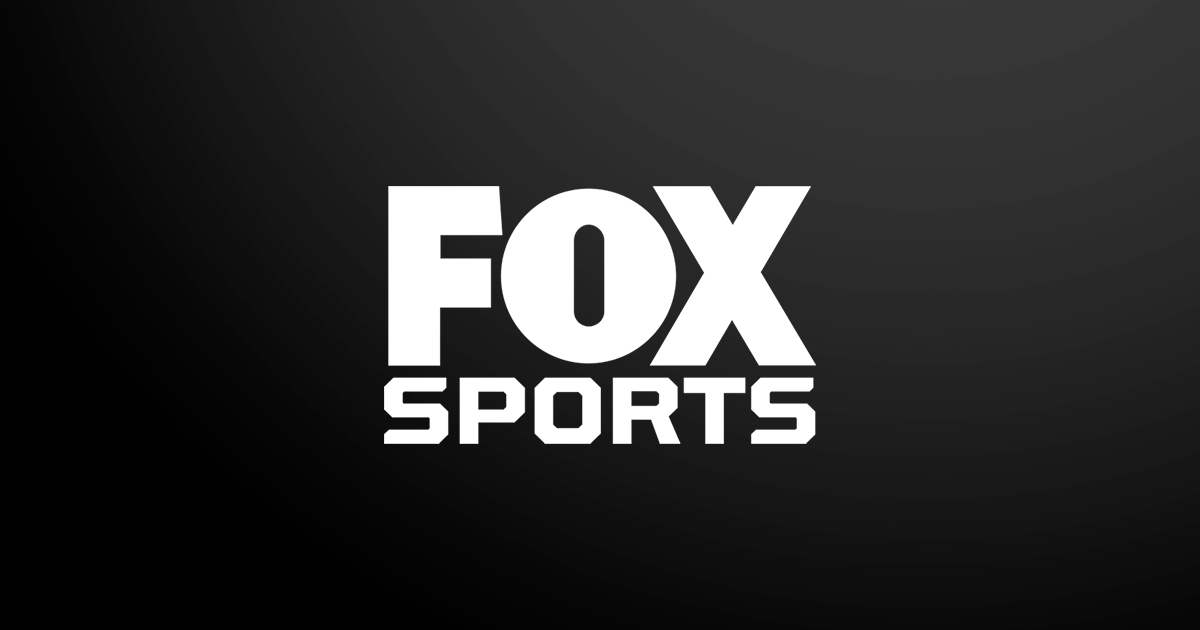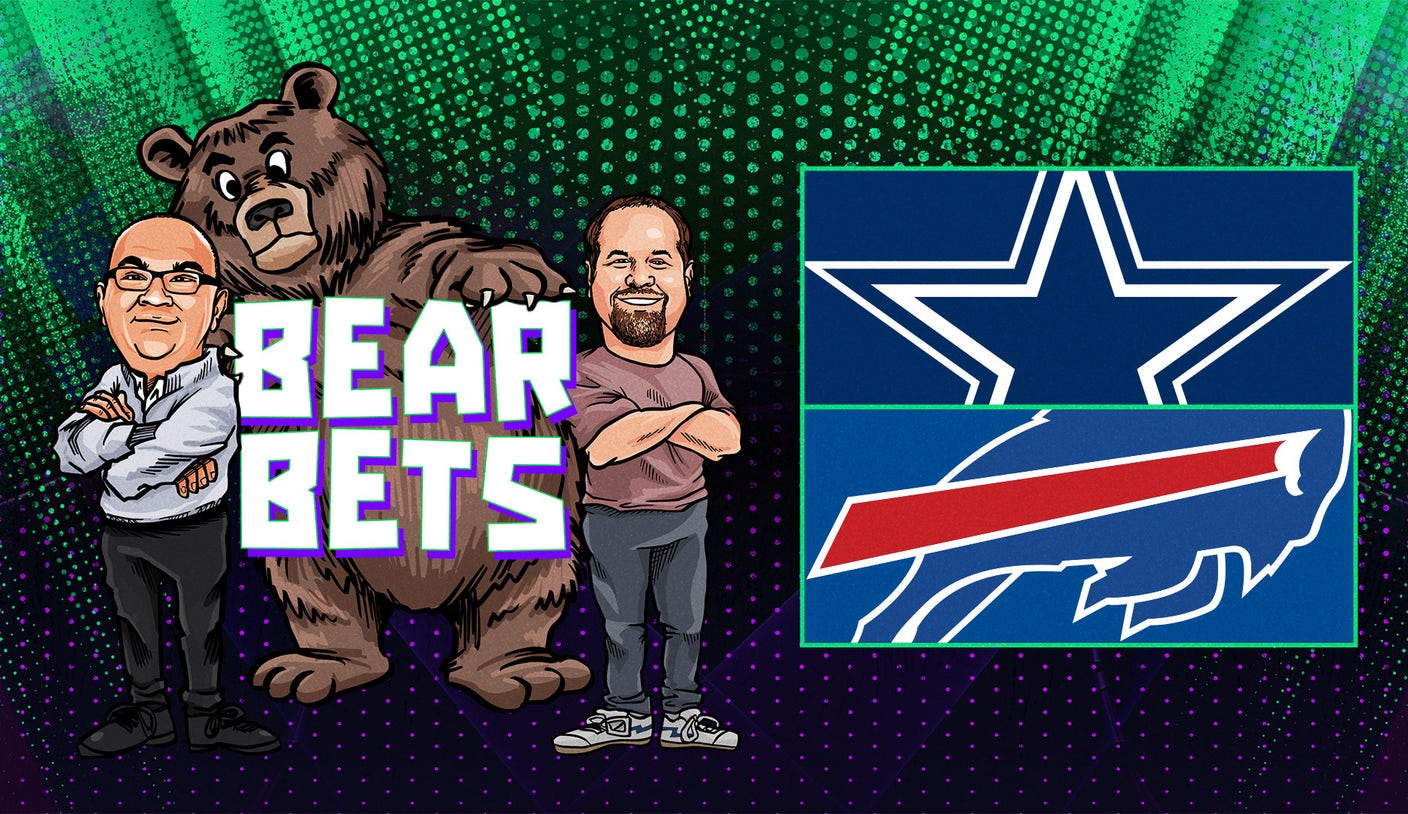
Wes Himes, Betting and Gaming Council Interim CEO, exclusively told Gambling Insider the proportion of total gambling commercial impacts in live sports fell from 11% in 2018 to 0.65% in 2019.
Expanding on the ps, Himes said: “This was measured over a four-week period in September 2018 and again the following year. That 0.6% came from two sets of anomalies; either where ads were contracted before or after the whistle-to-whistle ban, but because of programming, they ran either a few seconds in or a few seconds out of the watershed, or they were replaced with other gambling adverts like those for the National Lottery.”
The voluntary whistle-to-whistle advertising ban came into force in August, which means no gambling adverts can be shown during live sport – excluding horse and greyhound racing – before the 9pm watershed, lasting from five minutes before the start of a match and ending five minutes after.
According to Himes, the real success of the campaign is the positive impact it has had on children. He added: “Probably the most important statistic for us is the number of sports gambling adverts seen by children. This is four to 17-year-olds. That number fell from about 5,900 commercial impacts in 2018, all the way down to 203 in 2019. So you can see the ban has had the effect that was intended.”
The initial response to the ban has been positive, with the Advertising Standards Authority (ASA) revealing it has received far fewer gambling-related complaints and, so far, financial reports have not indicated any dip in operator revenue brought on by the ban.
You can read our extended feature on the ban in the Jan/Feb issue of Gambling Insider magazine.



